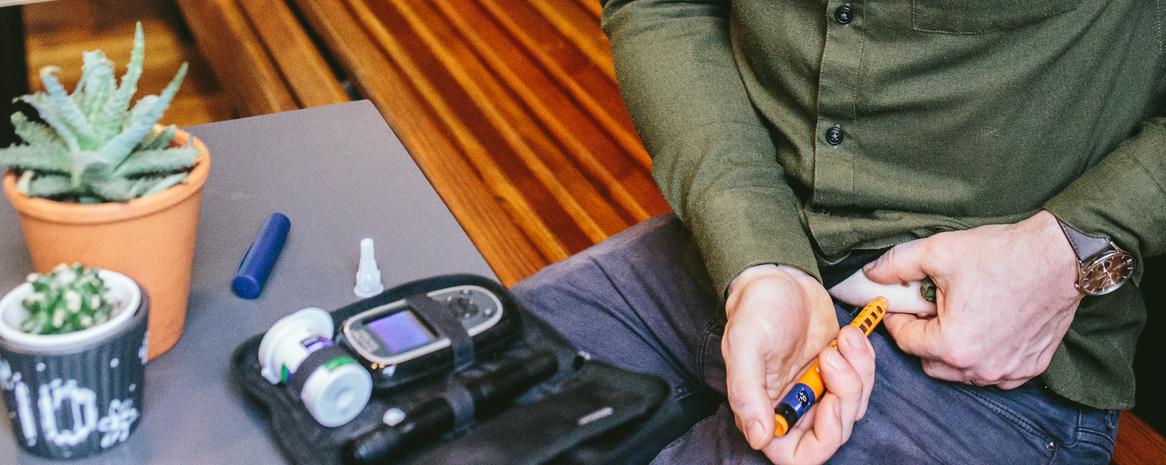Learning about teplizumab
That’s when my consultant, Dr Schofield at the Manchester Royal Infirmary, mentioned a treatment called teplizumab. Dr Schofield explained that this treatment could extend the amount of time I had before becoming insulin dependent, by targeting the immune system, stopping it from attacking my insulin-producing cells for a while.
I was really keen to continue living my life as I was doing, without insulin, for as long as possible. I did my own research, and Dr Schofield put me in touch with a professor in Birmingham who’s a leading researcher on early-stage type 1 diabetes. He told me that if his own child were developing type 1, he’d want them to have teplizumab. That really reassured me.
I knew my blood sugars were rising and was told that I would soon be dependent on insulin to manage them. The window to have the treatment was closing fast, so I decided to go ahead.
Starting treatment
I had the treatment at Manchester Royal Infirmary in September 2025. Teplizumab is given as an infusion, ideally over 14 consecutive days. The team looking after me were amazing. I cannot thank them enough. They worked tirelessly, not only to ensure that the whole process ran smoothly and safely, but to get to know me and ensure that I felt comfortable.
This was invaluable as the treatment course wasn’t all plain sailing. On the second day I had a fever, and on day three my blood pressure dropped suddenly, and I fainted. I was diagnosed with cytokine release syndrome, which is a known side effect of treatments like teplizumab.
It was scary and I remember thinking at the time, “What have I put myself through?” but the team were brilliant and managed it straight away. I felt unwell with a fever and extreme fatigue for a couple more days which meant my treatment had to be paused on day six.
However, after that, the rest of the treatment went much more smoothly. By the final week, I was working remotely from the hospital during the day and feeling completely fine. It really was a rollercoaster, but I’m so glad that I did it.
Within two weeks of finishing the treatment, I started seeing changes in the readings from my continuous glucose monitor. With some small tweaks to my diet, my time in range has jumped from 70% to 95%, and my blood sugars aren’t spiking as frequently or for as long after meals.


